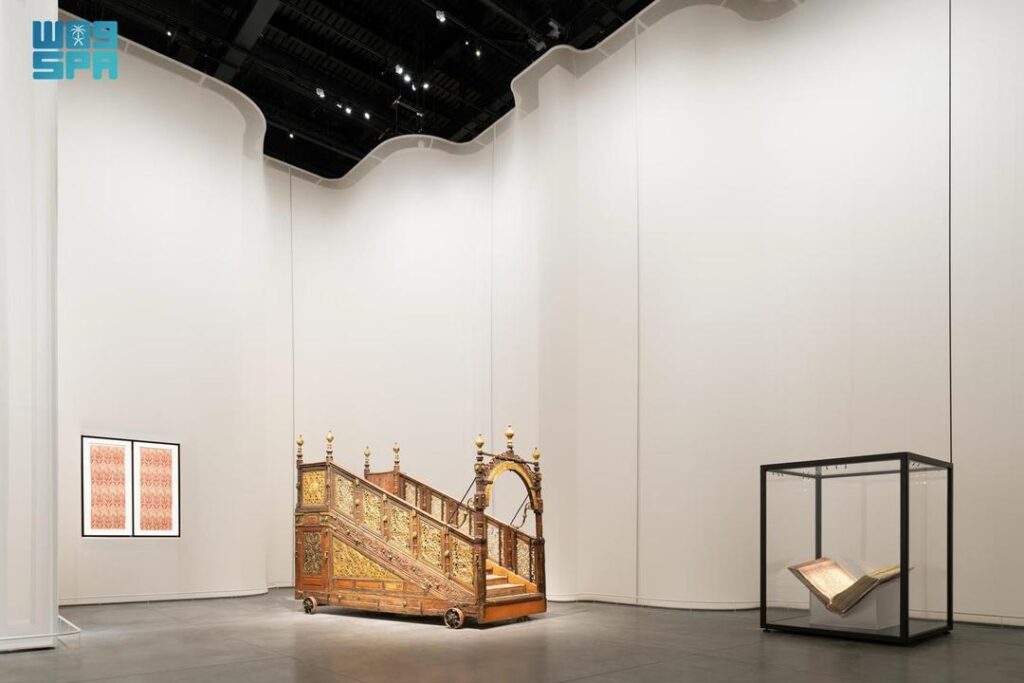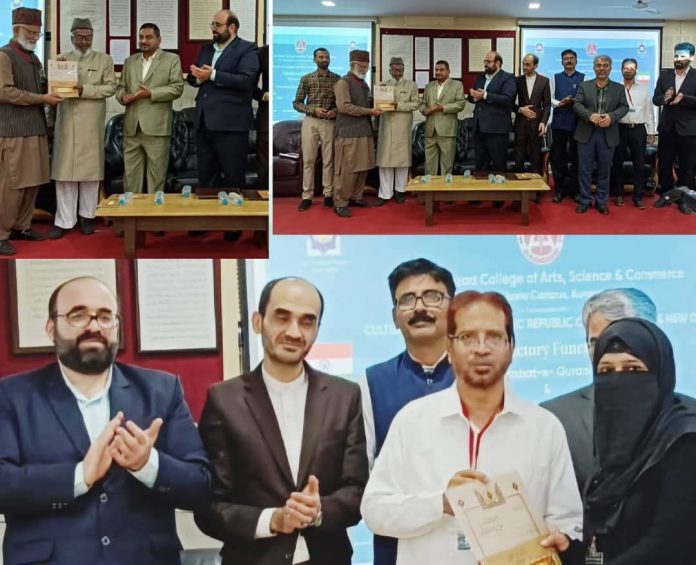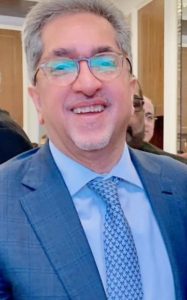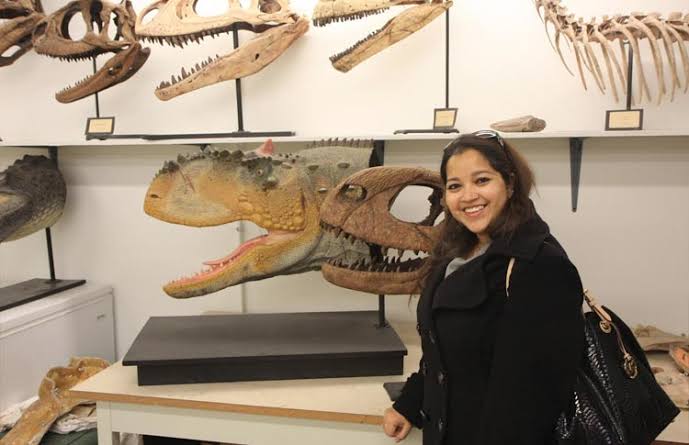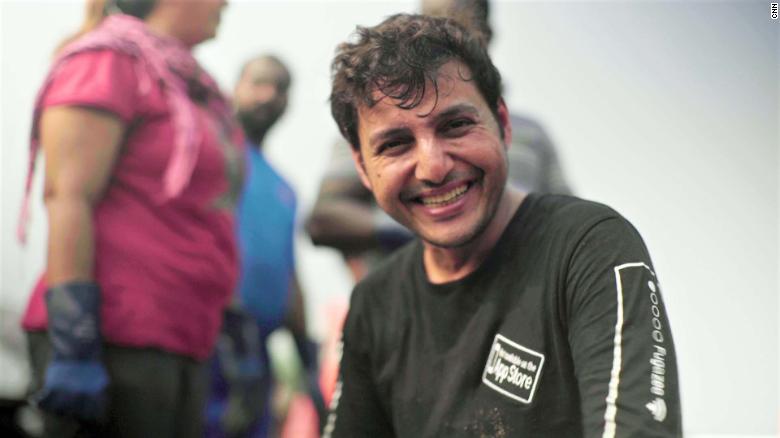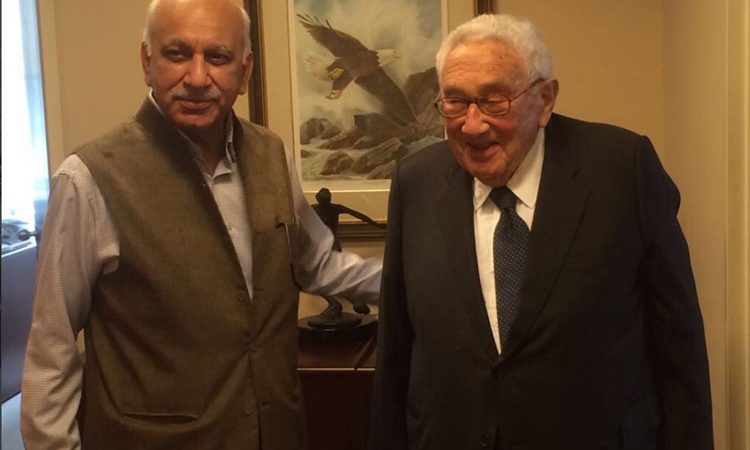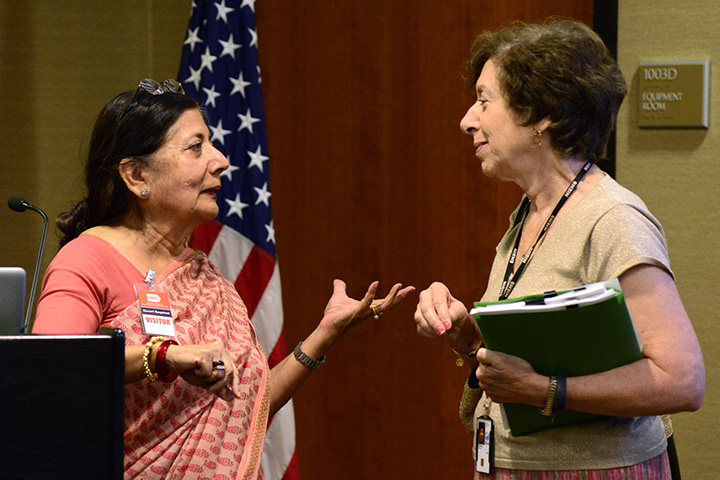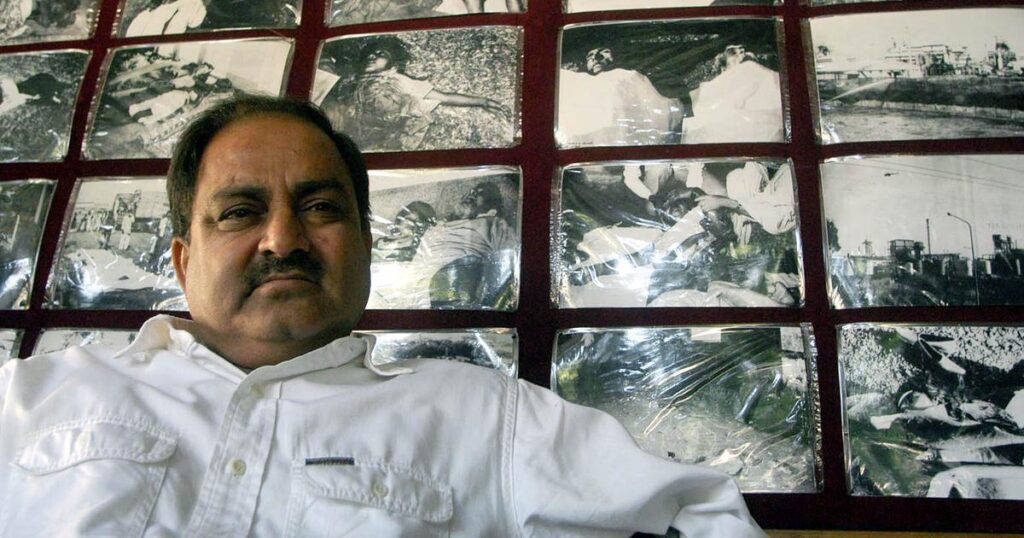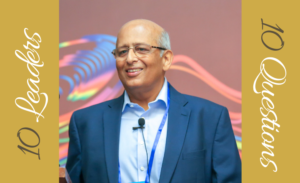NEW DELHI :
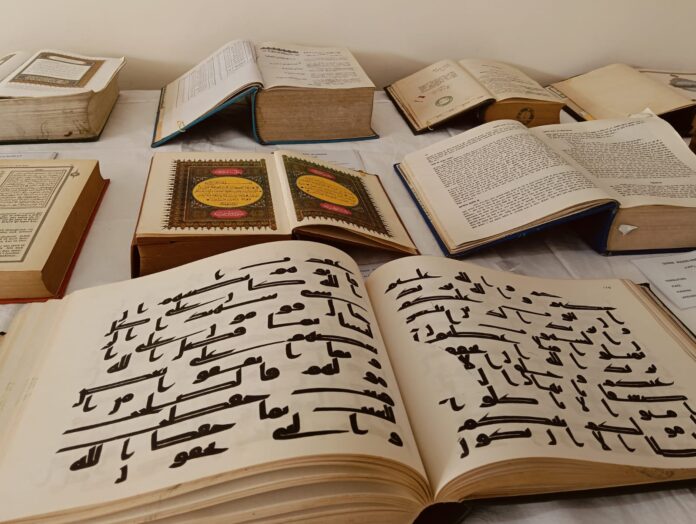
New Delhi :
Jamia Millia Islamia has launched a special week-long exhibition showcasing rare and ancient Quran manuscripts at its Dr. Zakir Husain Library during the holy month of Ramadan. The exhibition, titled “Muqaddas Quran,” was inaugurated by Professor Mazhar Asif Sheikh-ul-Jamia and features a diverse collection of calligraphy spanning from the 15th to the early 20th century.
Through meticulously crafted posters, the exhibition traces the development of Islamic calligraphy from the 7th to the 14th century, offering a comprehensive visual exploration of how Quranic calligraphy evolved over time.
Alongside the manuscripts, the exhibition presents an impressive collection of printed Qurans in various national and regional languages, including Malayalam, Kannada, Hindi, Urdu, Tamil, and Bengali. The display also includes translations in foreign languages such as Chinese, Japanese, German, Turkish, Russian, English, Spanish, Albanian, Myanmar (Burmese), and Persian. A special Quran in Braille was also featured, emphasizing the importance of inclusivity and ensuring that visually impaired individuals can access the sacred text.
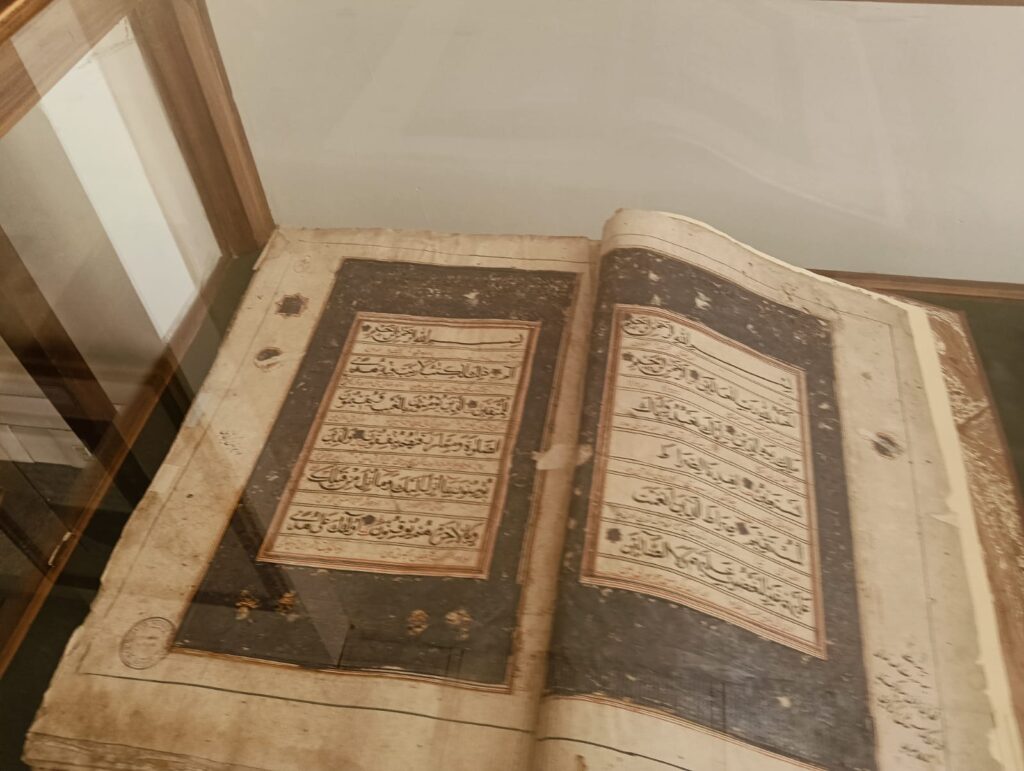
Professor Mazhar Asif, Sheikh-ul-Jamia(Vice Chancellor )of Jamia Millia Islamia, expressed his satisfaction with the exhibition, saying, “It is a privilege for the university to open its rare collection during the holy month of Ramadan, allowing people to benefit from the teachings, knowledge, and moral values of the Quran. The Quran promotes helping the poor, equality, and justice, and by presenting this exhibition to the public, we aim to encourage accountability, bringing people from darkness to light.”
The exhibition also showcases rare Arabic manuscripts, including Tafseer Baizawi and Tafseer of Ibn Abbas, both from the 16th century. Additionally, books in eleven foreign languages and six regional translations illustrate the rich diversity of Jamia’s collection.
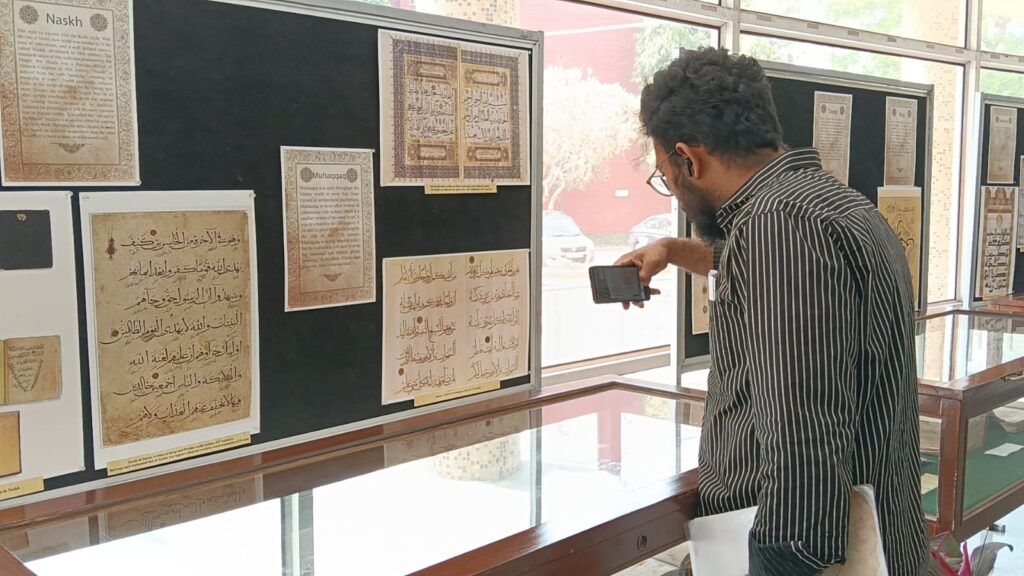
Professor Asif highlighted the rarity of the Japanese translation of the Quran, which was produced by the Islamic Society of Koshikawa in Tokyo, calling it an extremely rare edition globally.
Professor Mohammad Mahtab Alam Razvi, Registrar of Jamia Millia Islamia, emphasized the significance of the exhibition. “This collection reflects our rich heritage of Quranic manuscripts and printed copies from the 15th century to the early 20th century, including small Quranic manuscripts. With thirty-five rare handwritten manuscripts and twenty-seven printed translations, the exhibition offers valuable insights into the evolution of Quranic script.”
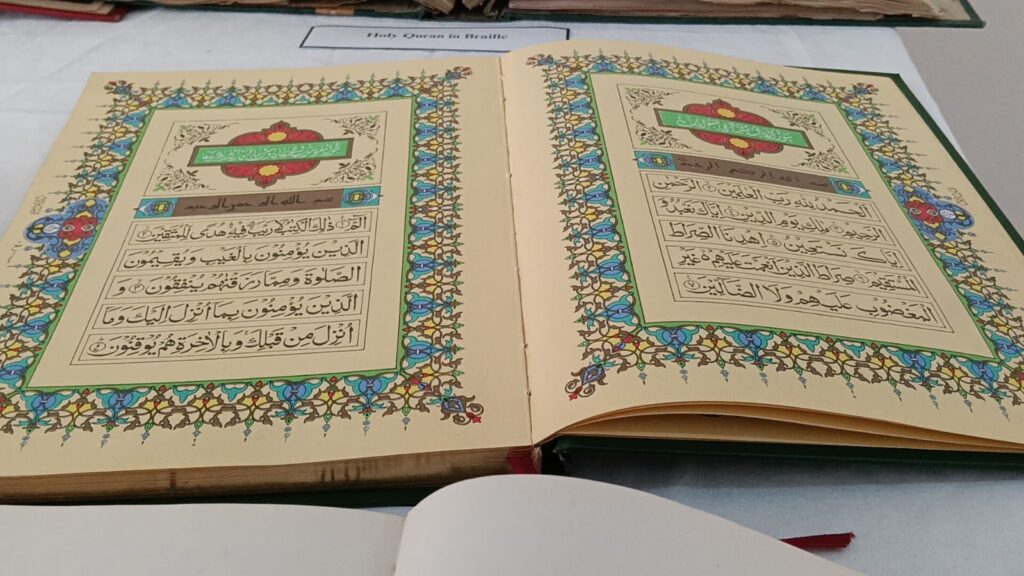
Dr. Lucas S. Nigrale, who also participated in the event, spoke about the importance of such exhibitions during Ramadan, a time for reflection, devotion, and learning. “This exhibition shines a light on the Quran’s timeless wisdom and universal message,” Dr. Nigrale said, expressing hopes for future exhibitions that further promote awareness and cultural dialogue at the university. The Dr. Zakir Husain Library holds a total of 2,243 Quranic manuscripts.
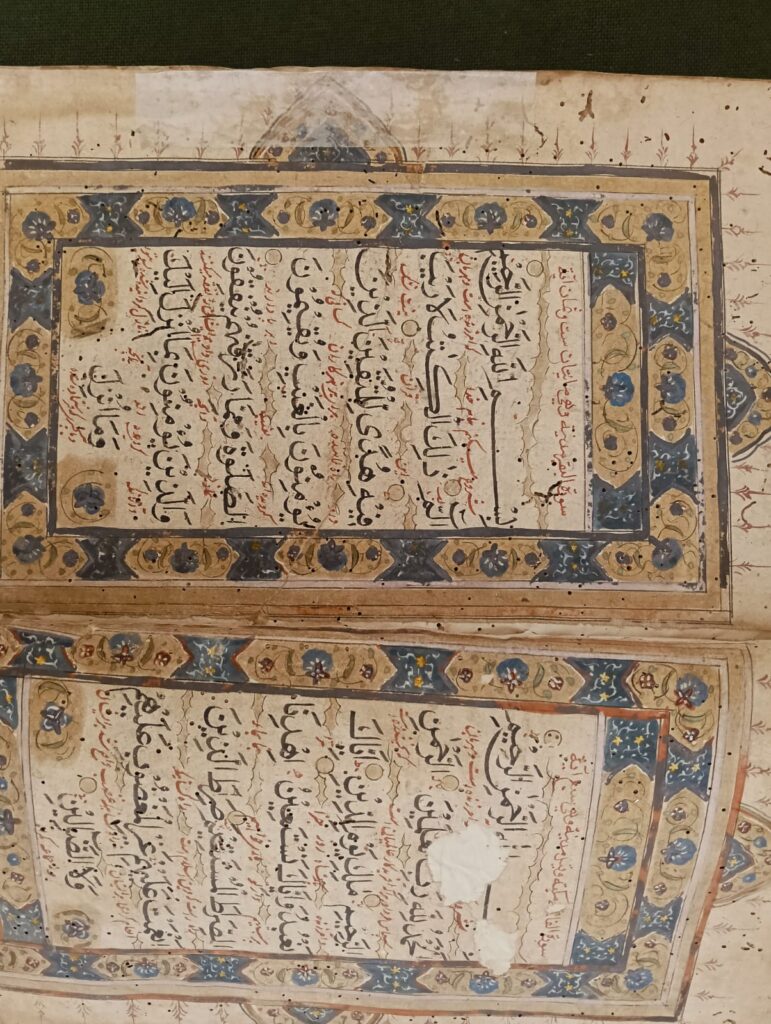
The exhibition serves as an important platform for enhancing public understanding of the Quran’s linguistic, intellectual, and literary traditions. It highlights the eternal teachings of the Quran in a contemporary context, fostering greater cultural and educational dialogue.
source: http://www.indiatomorrow.net / India Tomorrow / Home> Education / by Mohammad Akram / March 30th, 2025

